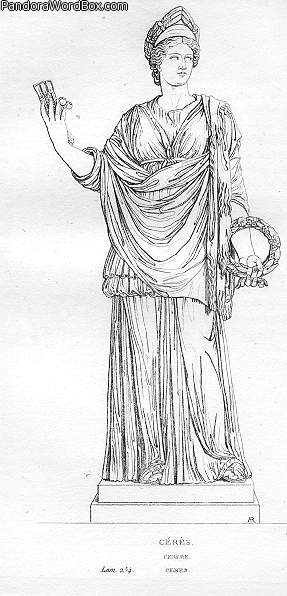Our websites offer information mostly for educational purposes with no intent to alter health care protocols nor to serve as a sole source of medical information.
Always seek the advice of your local health care provider.
|
×  Get the Point! PAIN – WOMAN – UKRAINE – PUTIN MOTHER – SISTER – SPOUSE – MOTHER RUSSIAN WAR – HOLOCAUST – GENOCIDE |
CERES

"Ceres (Marble from Paros)", c. 3rd century BC Louvre Museum, Paris, France
This figure of Ceres is remarkable for the arrangement of the tunic, which is twice tucked up, thus presenting a double fold that envelops and entirely surrounds it. This singular combination is met within no other antique statue: it does not produce a wonderful effect, but the statuary has found means to disguise a part of those uniform plaits, by covering them with the mantle, the simplicity of which forms an agreeable contrast. Great merit is allowed to the execution of the mantle, the handling of which is both delicate and soft. The same delicacy is also observed in the workmanship of the tunic, but it has an affectation that imparts a dryness to it, and would make us believe that the two parts were not by the same hand. The head, without being very regular, still offers a delightful character.
This statue, in Paros marble, comes from the Villa Borghese: it is now in the Museum of the Louvre. A part of the crown and of the diadem, the nose, both fore-arms, and both feet are modern restorations: it has been engraved by Bouillon. Height, 5 feet 4 inches.
20210723 ww
|






